Sharpening
Paul Malley • 18 April 2022
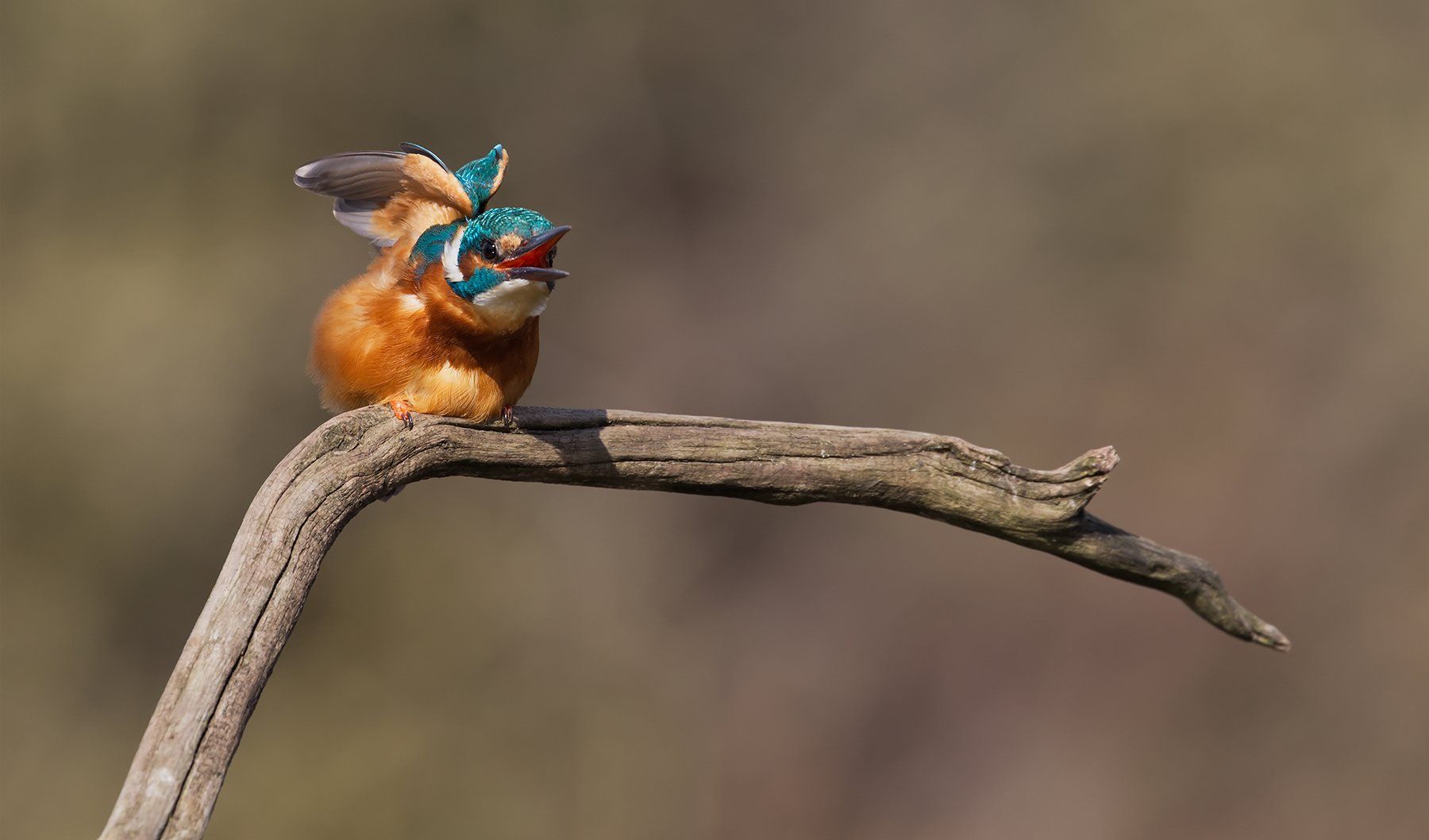
SHARPENING
A few Blog entries back, I submitted a short piece of work regarding my use of 'Auto-ISO' which, I'm pleased to say, generated some interest and subsequent discussion at the Clubhouse. In a bid to keep alternative thoughts and views going, this time I'm including a section on my preferred method of Sharpening images (lights blue touch-paper and steps back...), - please note I said "my preferred method" as, not only are there a number of ways of sharpening an image, but it is one of the most 'Subjective' issues when concluding a workflow process.
Many DSLR units are fitted with an anti-aliasing filter in the sensor path, which counter affects the moiré patterning, or coloured cross parallax of some light wavelengths. Anything placed in front of the sensor, can optically reduce the efficiency of the light path so, to overcome this, a degree of sharpening of an image is required, to reinstate any corrective action. Newer DSLR and Mirrorless units do not all have this anti-aliasing filter, but sharpening is still applied within the workflow.
Sharpening works by producing a better defined line (NOT the same as contrast) at boundary edges, (in the good old wet darkroom, this was termed Acutance). The degree and method of sharpening as stated, is hugely subjective as, applied to the wrong style of image, or at the wrong focal viewpoint, or in too greater strength can be detrimental. I have seen the evolving of sharpening within 'Photoshop Elements' since about 2008, where it was issued as a simple one-click function under the 'Enhance' Tab as 'auto-sharpen'. This was a quick one-stop pass that applied sharpening via an algorithm which, although hit and miss at times, gave a somewhat credible change. In subsequent versions, it became more refined, and sliders were introduced, offering control into variable levels of overall sharpness. About 10yrs ago, a huge step-change came in whereby the edge radius and strength could be altered to suit, offering 0.1 pixel units. Nowadays, sharpening can be done on separate layers, combined with clarity, contrast and split down within different layers, even identifying selective target areas to sharpen, before they are all merged down like layers in a sandwich.
For me, in my current Affinity Photo Software, I use a 3-stage sharpening process (Please note there are differences at the final stage for presentation in Print format, or display as a PDI). I conduct each stage in isolation, and it is done as the final part of my jpeg workflow process before I save the image.
Stage 1. This is a PRE-SHARPEN action, where the minimal radius and strength factor are applied to the overall image via the strangely termed 'Unsharp Mask' (each part of the image gets the same sharpening factor in one operation).
Stage 2. This is CREATIVE or SELECTIVE Sharpening, where I can select/identify what part of the image I wish to enhance beyond Stage 1. It may be the model's eyes, a tree in a landscape, or a head-on motorcycle fairing. In this stage, using a New Layer, selecting a brush, I work round the item and check it is bounded by the infamous 'marching ants'. Once identified a second pass is given using the same as in Stage 1. Once completed, a simple deselect of the marching ants shows the added 'pop' of the detail within the selected area. I then Merge/Flatten the Layers into one.
Stage 3. The final action is termed OUTPUT Sharpening. For me, working in PDI, I resize the document to the longest 1920 x 1200 format and apply a final overall sharpen in Unsharp Mask at a low output. This third and final stage can be dramatic as it is at the output for a good projected resolution.
If all has worked well, the image should have a nice, overall sharpness courtesy of stages 1 and 3 and the main point which the viewer may concentrate or gravitate to should have that extra pop, courtesy of Stage 2.
As a small aside, I remove my Noise during RAW conversion, as you don't want to be working on a noise image, either by creating Layers and putting Noise on top of Noise, or sharpening Noise at three separate stages. Noise can also have the effect of apparent sharpness reduction, - so get rid of it early.
Be wary of over sharpening, it can lead to artefacts, jagged edges or fringing, in worse cases it can also promote haloing or banding separation. Sometimes, less is more and I usually 'back-off a bit' on my final sharpening, rather than push a sharpening boundary.
Have a try with small amounts of sharpening, on different Layers (always on a working copy file, not the original primary jpeg) and pick something out that you want the viewer to look at. I have done my 3-Stage approach on this image of the Kingfisher, with selective sharpening applied to the head and leading edge of the wing.
Louth Photographic Society

We held a Committee meeting last night in place of a regular meeting. The Committee meets twice a year to discuss items pertinent to effective, and smooth running of our Society. The Society celebrates 70 years of continuous operation next year, and we intend to show an exhibition of photographs taken over those years at the Louth Museum. The LPA Battles print competition will be held next year, and consists of 3 rounds held at photographic clubs throughout Lincolnshire, with a final round held at Nettleham. Louth has been drawn to meet with camera clubs in Grantham, and Axholme, and as you can understand this will entail a far amount of travelling. There is a proposal to the LPA which is currently under consideration which would reduce each club entry to 10 prints and for the whole competition to be held at Nettleham in 2027. Our current annual project is “Prime Time”, that is one photo for each month of the year taken with a fixed focal length lens, a prime lens, my choice for this year has been a 45mm lens, which is a full frame 90mm lens. Members show their annual project photos in the January of the following year. The Committee has decided on the project theme for next year as “Water”, which should give members a chance to demonstrate some creativity, as can be seen from the attached image. Our Christmas social event will be held on the 17th December, a buffet will be provided, there will be a quiz, and a raffle, the door entry charge will be £3 for the evening.
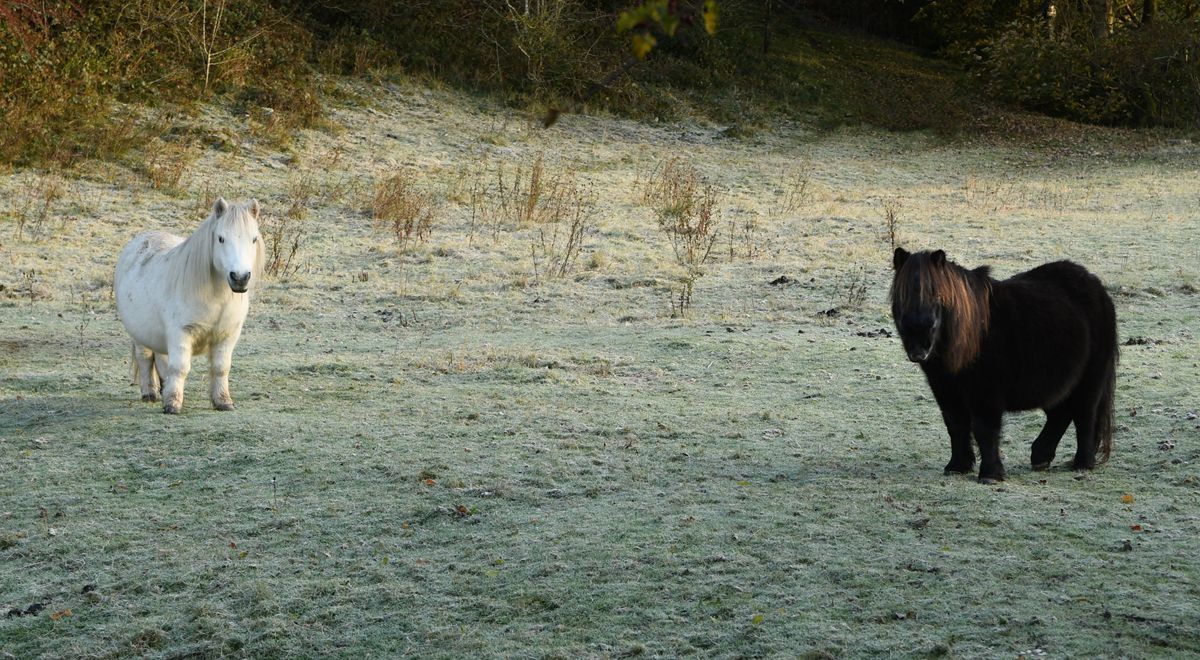
Good Morning All Last week at the club we held our PDI of the year, it was a well-attended event and thanks to Harry's organisation skills it all ran very well. Congratulations go to all the subject winners: Pictorial, Harry Kerman, Record, Dave Evans, Portrait, Derek Smith, Photojournalism, David Evans, Landscape, Dave Turner and Natural History, Graham Harrison. The overall winner was Harry Kerman. Well done Harry a great photograph of a White Cosmos. All the top three in each subject are on our website Competition page. Don't forget if you are entering the December print competition, with the categories of "People" and "Open" send your titles to Dave Turner please. The prints need bringing in a week on Wednesday. This week, Wednesday 26th November, we are holding a committee meeting, committee members only for this one please. For newer members we hold two committee meetings a year to organise events and the smooth running of the club. Regards Graham
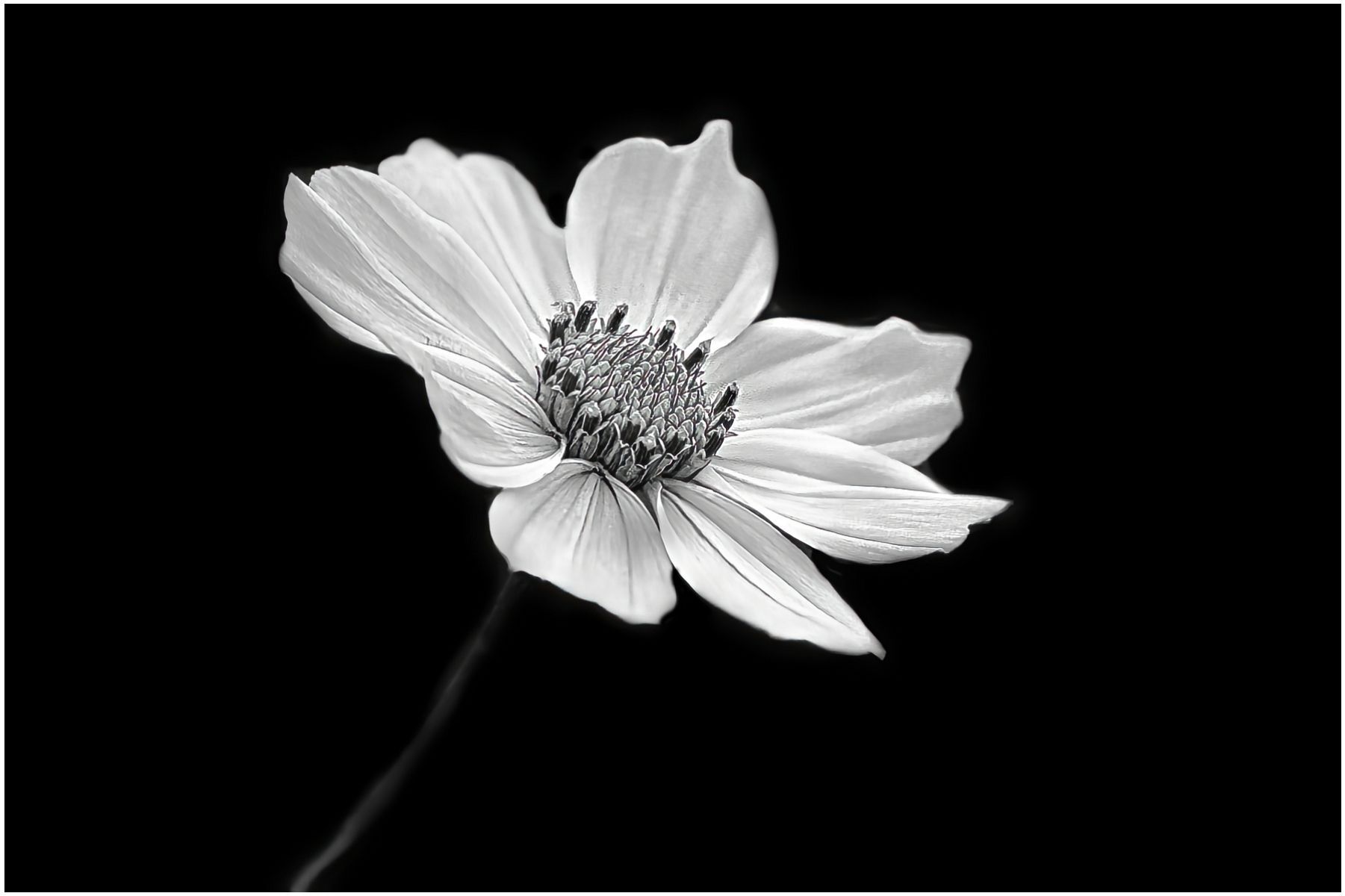
Last night we held our PDIOTY (PDI of the Year) competition, our judge for the evening was Jorg Malinowski. These annual competitions are an opportunity for members to showcase their best images from the year, some of course from the monthly competitions, as such the competition entries were of an extremely high standard. Jorg performed an excellent job of judging the entries, and the results are all on the website Competition page. Congratulations to Harry Kerman for gaining the title of PDI of the Year with his White Cosmos image.

Good Morning All While we were away the other week we did have a walk around Blackpool. I only took my compact camera which I bought in 2011 but it still works ok and takes decent photographs. It is a Panasonic LX5 which fits in a pocket and is useful now and again. Last week we had mini lectures; photographs we had taken on this year's outings. Four members took part with Richard Hildred filling in with wedding photography from forty odd years ago, a very interesting look at how Richard went about photographing weddings, very different from today with far less photographs been taken. The outings did show we managed to photograph insects and birds on our walks around Red Hill and Rimac. I finished the evening with photographs taken in Somerset and Devon in 2020. This week, Wednesday 19th November, we hold our PDIOTY (PDI of the year) to be judged by Jorj Malinowski of Lincoln. It will be an evening of our best photography and we have just over fifty entries. The NEMPF exhibition acceptances have now been decided, well done to Dave Turner who had two accepted and I managed one acceptance myself. The standard for acceptance is very high, we had four members enter twenty nine PDI'S all together and only three acceptances . We had a lot of near misses, the score required was twelve and we had twelve elevens between us. You will see the exhibition at our club next year. Regards Graham
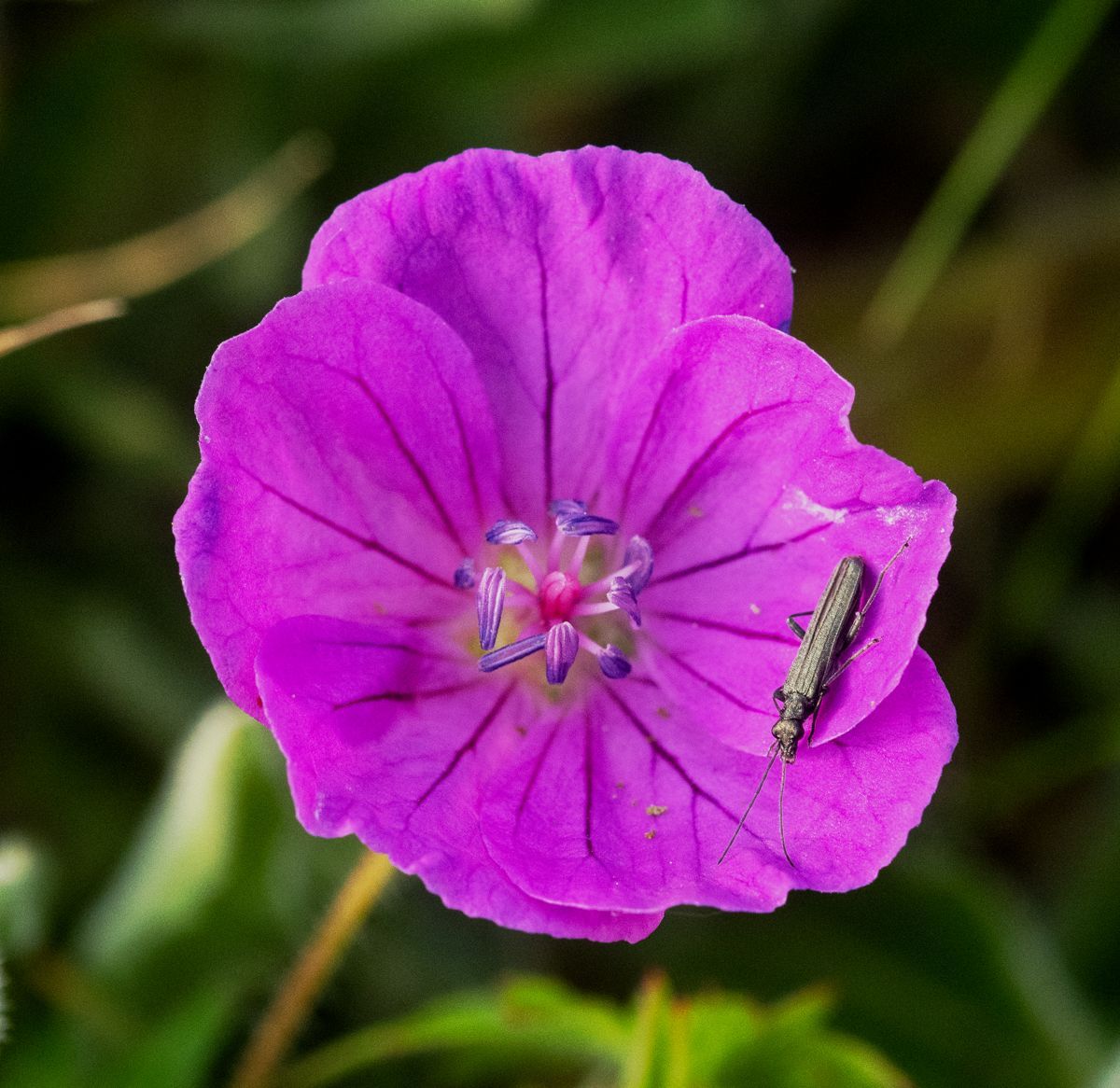
At our meeting last night members gave a series of mini lectures with 3 members showing images from the club outings to Red Hill, and Rimac. The meeting was completed by Richard Hildred showing some of his early slides. One of the principles of our Society is that we feature workshops, and outings into our annual programme, because the best way to learn photography is to work with other photographers to understand aperture, shutter speed, and ISO. In June at the Red Hill nature reserve the idea was to capture some macro images of the local insect life, and the orchids at this location. Laying, or kneeling in the grass to get close to the insects, or flowers, our members would begin to understand depth of field with using different apertures, each photographer will have his own method of achieving optimum exposure, and sharpness. Personally I tend to use aperture priority mode (A or Av on the mode dial), auto focus, and “rock” gently back and forwards to gain the focus on the subject. At Rimac, members had a lot more latitude to photograph some bird-life, or landscapes. These are some sample images from the Red Hill, and Rimac nature reserves.
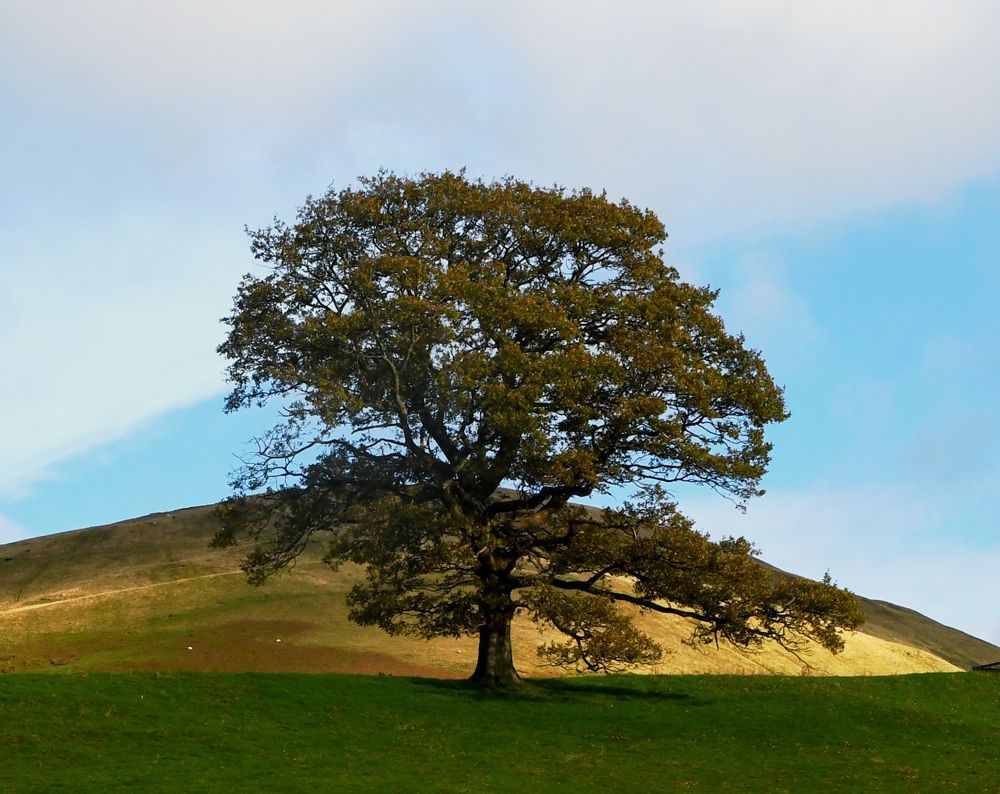
Good Morning All A few more photographs from Sedbergh. Sedbergh has a tree that stands out, not quite as Sycamore gap was but on top of a hill with Crook Fell behind it. I did walk to the top of Crook Fell, got a bit wet but a dramatic sky. Last week at the club we had an excellent presentation from Mike Bennett LRPS DPAGB EFIAP BPE3* Mike showed us some of his latest photographs and as Derek's blog says, the sharpness and exposure accuracy of Mike's photographs was second to none. There is a full report on our blog. This week, Wednesday 12th November, we are holding a mini lecture night, camera club outings that we went to this year, which was Rimac and Red Hill. We have four members taking part plus Richard Hildred has offered to show us some more older transparencies. The four are Myself, Dave Turner, Chris and Paul Twomey. Don't forget to send your PDI of the year entries to Harry by midnight Wednesday (12th) Regards Graham

Our speaker last night was the highly talented Mike Bennett, he presented the club with some amazing photographs. For the first half of the presentation he showed many portraits, with the backgrounds skilfully changed, and several composited images. Included in this first half were many travel photos from Serbia, many of the buildings showing the scars of the civil war, photos from Budapest, and Austria. His wildlife photos of pelicans taken at Lake Kerkini in northern Greece were amazing, even though the weather wasn’t all that favourable, and that completed the first half of the evening. After the break, Mike showed us his wildlife photos from the game reserve in Eswatini, (bordering South Africa). The bird photos were very sharp, many of the species such as the Rollers, Vultures, and Ibis are only to be seen in Africa, Mike explained the four “F’s” of bird photography, Flying, Fighting, Feeding, and … yes you’ve guessed it being Friendly. Various other animals were shown, lions, crocodiles, rhino, elephants impala, and warthogs. It was interesting to see the extreme close-up photographs of the rhino, and elephants, as Mike explained those animals are big grey lumps, and sometimes a more interesting photo can be an extreme close-up detailing the skin texture. Mike related how their safari vehicle became held up by a herd of elephants on the track ahead, then a big bull elephant passed behind the vehicle close enough to touch, but of course the group of photographers had to sit absolutely still, until the herd of elephants passed. I was most struck by the photos of the cheetahs, with the photographers walking amongst them!! my favourite from this set was of the cheetah walking up the track pictured on a rise against the sky. The editing, sharpness, and colours from Mike’s photographs was very impressive, it was an extremely good presentation, many thanks Mike.
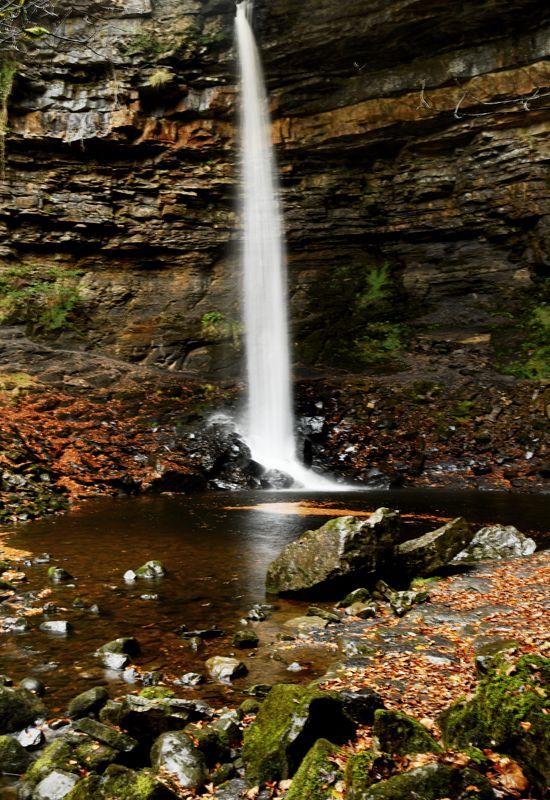
Good Morning All We have just got back from a week staying at Sedbergh, Cumbria. We had varied weather but not too much rain and some really good light for taking photographs. There is no shortage of water up there the rivers and waterfalls are flowing well. Last week at the club Harry Kerman gave a talk on one of his favourite subjects, flowers. I was not there but going by the blog Harry demonstrated how he goes about taking his photographs with some stunning photographs to show what can be done. This week, Wednesday 5th November, Mike Bennett from Cleethorpes will be our speaker, Mike likes to tell a story with his photographs and seeing some of his talks before it will be an excellent evening. Today, (Sunday) it is the LPA PDI club competition at Nettleham village hall near Lincoln. 1.30 pm for 2pm start. If you have nothing on this afternoon why not go along and see how we get on. The week after (12th November) we hold a series of mini lectures, with this year's club outings as the topic. If you would like to take part, email me please and I will see how many members want to take part. Harry is also taking entries for this year's PDI of the year, all the rules are on our website but any image that has not been in a PDI of the year before and there are six subjects with a maximum of six photographs in all. Closing date is 12th November. Regards Graham
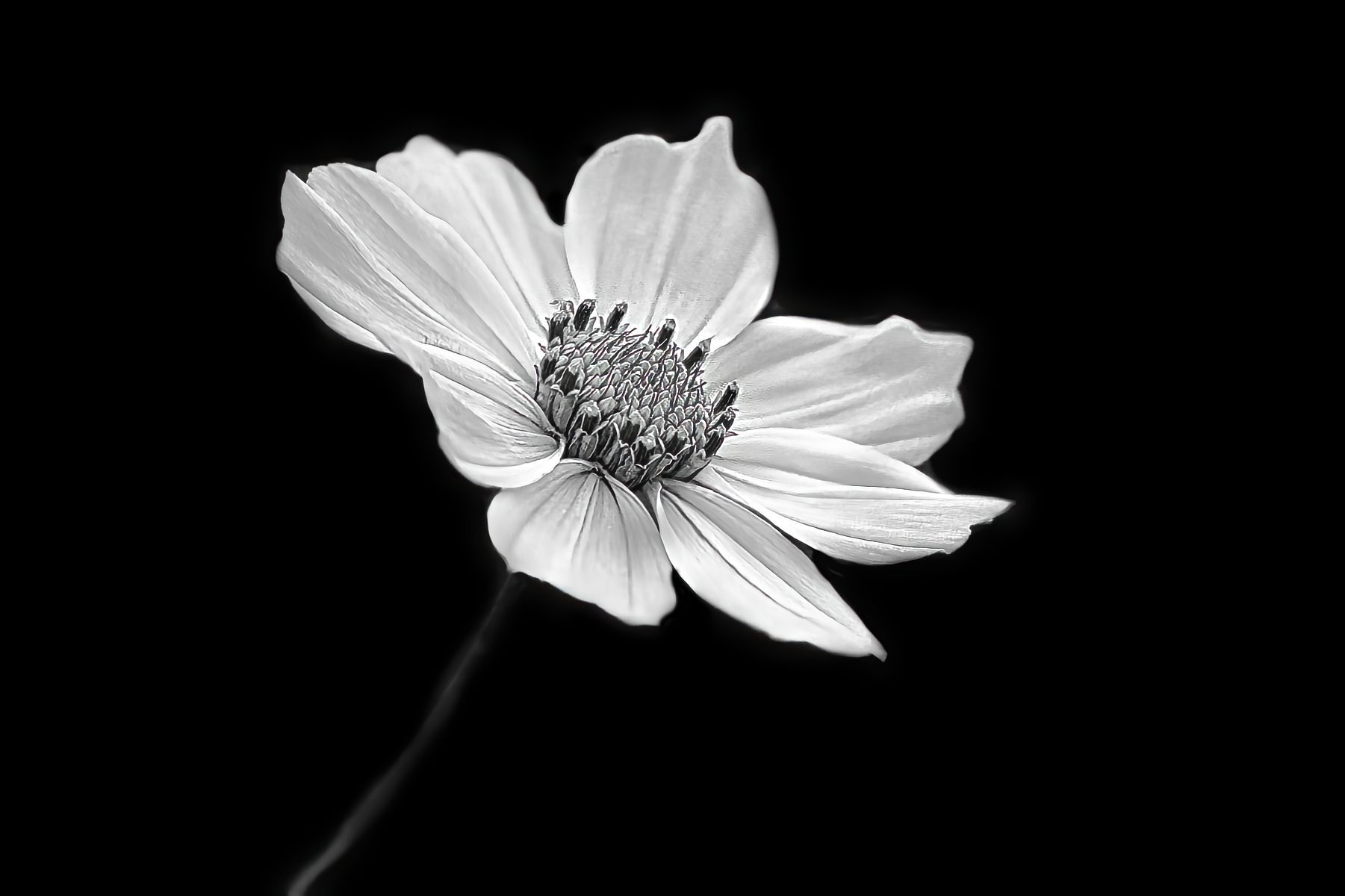
At our meeting last night one of our members, Harry Kerman gave a talk on one of his favourite genres, flower photography. Harry's talk was accompanied by a slick, professional standard power point presentation, he also had his camera a Canon R6 II, a Sigma 105mm macro lens, a Lens Baby 56mm manual focus lens, and the standard 24-70mm zoom. Harry demonstrated his use of the equipment, which included backgrounds, a plamp to hold flowers in place, and a light box. After the break Harry presented some of his images, projected onto the screen, not all the images were "perfect" he wanted to show some of his mistakes so that we could learn from them, he also welcomed feedback from members, all of the flower images he showed were stunning, and you can see some of them on this post. It was an inspiring evening, providing many techniques, and creative ideas for members to emulate. Harry's passion for flower photography shone through during the whole talk, his clear narration, power point presentation, demonstrations, and images completed a very successful night. Thank you Harry for a fascinating evening, and to Richard Hildred for the refreshments during the break.

Good morning, All Last week at the club we held a retro night, with four members showing pre year 2000 transparencies. It turned out to be a really interesting evening, I didn't know Richard Hildred had started out at an early age photographing trains, it turned out himself and member Chris Birchmore were travelling on the Flying Scotsman in 1967 at the same time. There is a full report on the evening on our blog. This week, Wednesday 29th October, Harry Kerman, one of our members will be showing some of his projected images, and talking about his interest in flower photography. Don't forget Harry is now taking entries for our PDIOTY (Projected Digital Image Of The Year) competition. (closing date 12th November) Regards Graham
